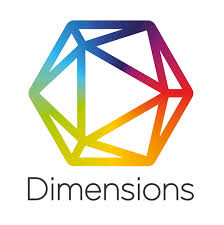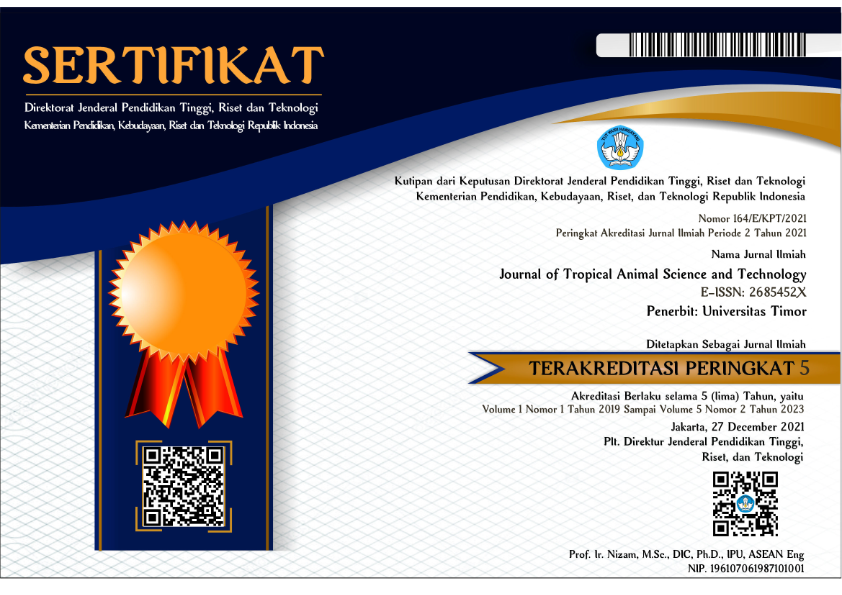The SWOT Analysis of Kampung Chicken Livestock Business Development in East Lampung District (Case Study in Way Jepara District)
DOI:
https://doi.org/10.32938/jtast.v5i2.4717Keywords:
Kampung chicken farming, SWOT analysisAbstract
This study aims to find out how the potential for developing free-range chicken rearing in Braja Dewa Village is. The research was conducted in Way Jepara District, East Lampung. The research was conducted in Way Jepara District, East Lampung. In this study using a survey method. The number of samples is 20 respondents, the population can be considered homogeneous because it has relatively the same characteristics or traits among one another. The research was conducted April-May 2023. The data obtained for the formulation of alternative strategies, namely qualitative and quantitative data which will be processed and analyzed using the SWOT analysis method to determine both potential and development in free-range chicken farming activities. The results of the study with SWOT analysis are that the potential in the strategy for developing free-range chicken farming run by the people of Braja Dewa Village, Way Jepara District, East Lampung Regency is strongly influenced by external factors, namely the highest opportunity is high market demand for free-range chicken meat. While internal factors, the highest strength is the high selling price of free-range chicken. This means that the internal position of free-range chicken farming business development has a strong position in terms of strengths and weaknesses.























